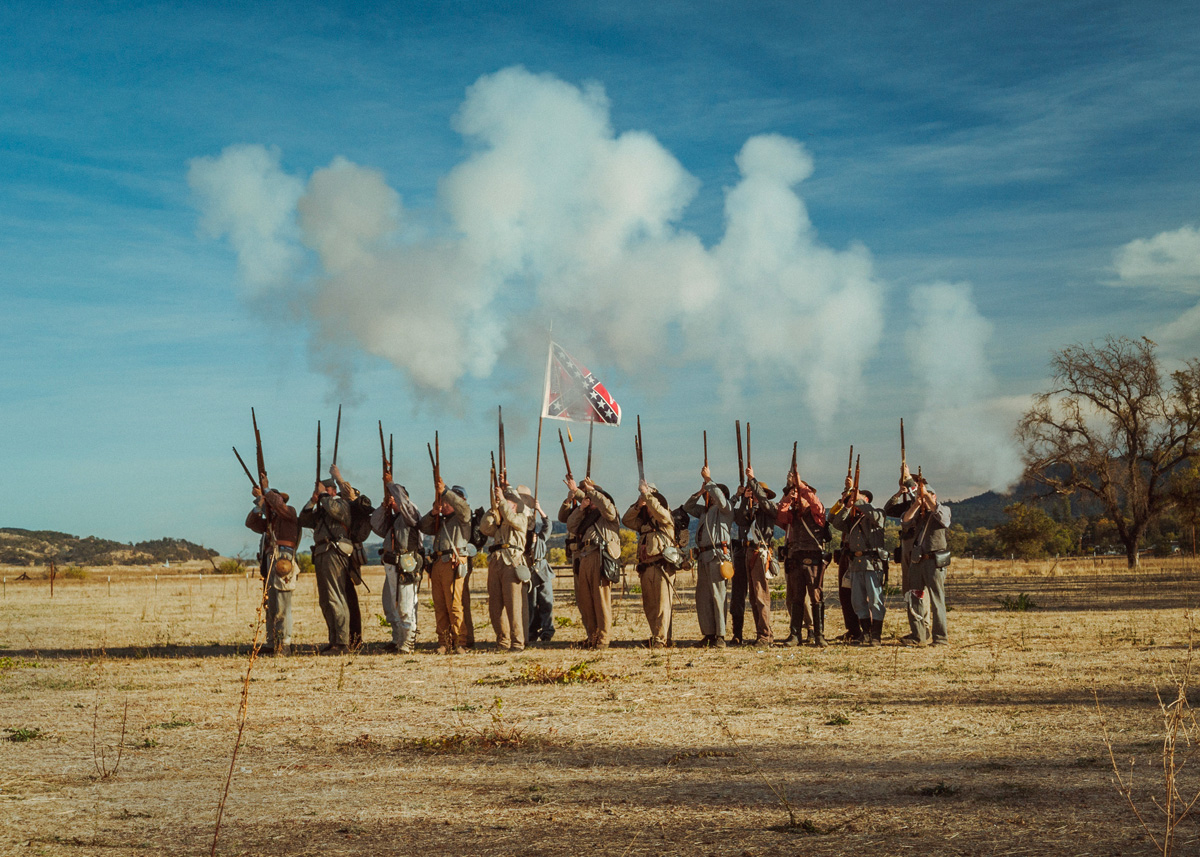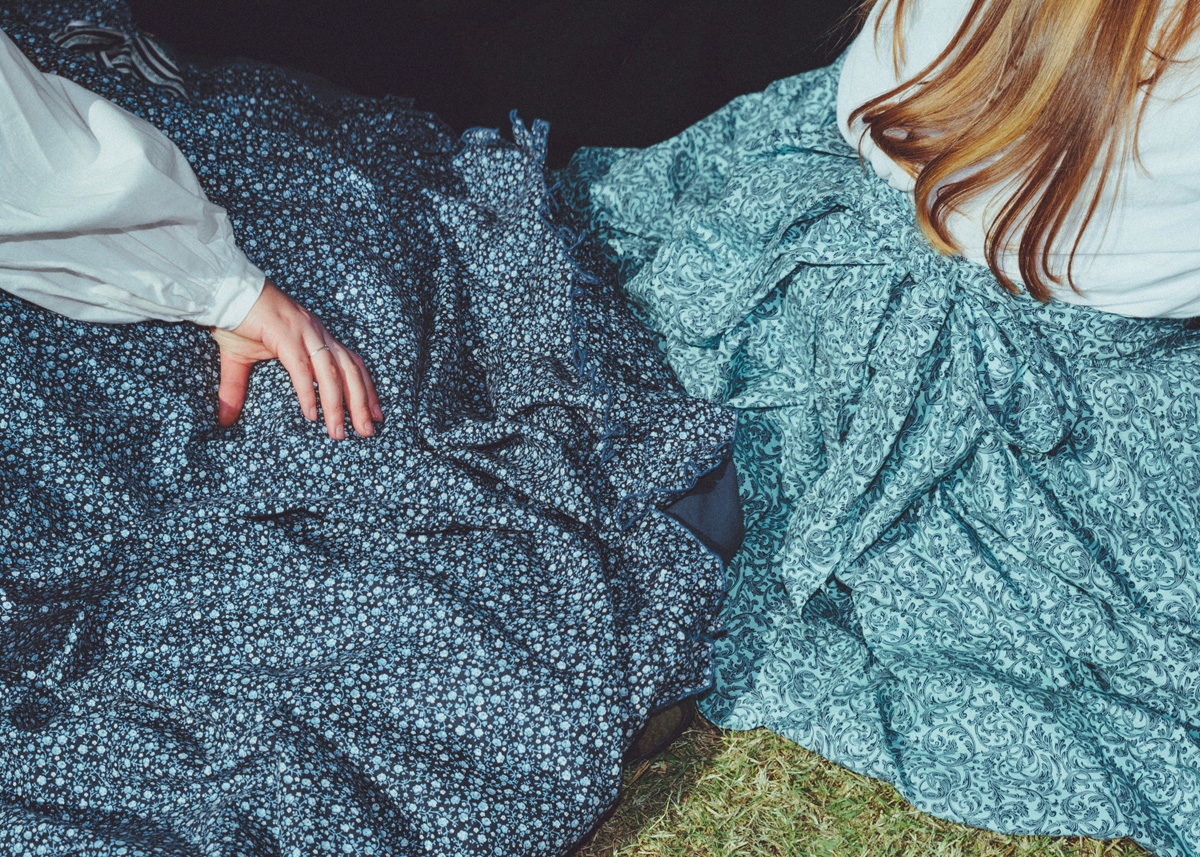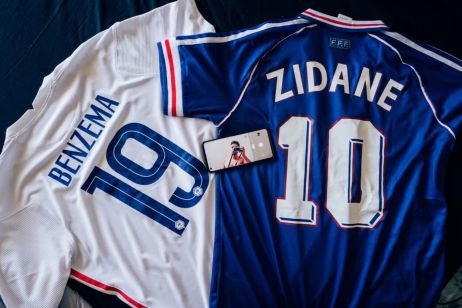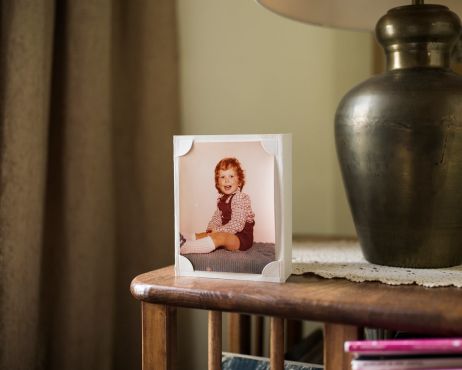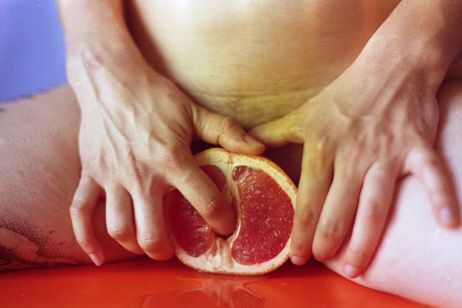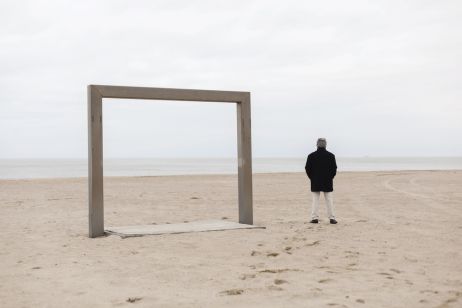For three years, Brandon Tauszik, a photographer and film director based in California, documented Civil War reenactments. He delivered, with Pale Blue Dress, a fascinating social tale, haunted by White Nationalism, currently rising in the United States.
Fisheye: What was your first memory related to photography?
Brandon Tauszik: I got my first cellphone when I was a teenager, back around 2003. It was a Motorola flip phone and it had a 0.3-megapixel camera built in. Even though it was a terrible camera, I loved using it and I would photograph punk shows and my friends all the time.
How would you now describe your photographic approach?
I would say it is a mixture of being both spontaneous and organised, letting both aspects play off of each other. While the actual photographing is very intuitive, conceiving and editing a project tend to be more cerebral.
What themes do you explore, throughout your work?
Much of my work explores the modes in which culture is propagated, often through the conduit of space. For instance, a previous project of mine, called Tapered Throne, profiled the role black barber shops play in fostering and nurturing identity for African American men.
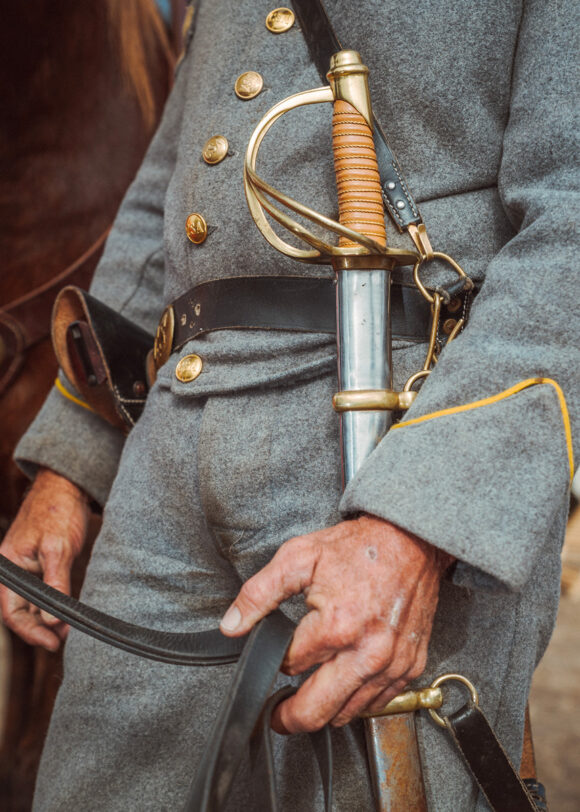
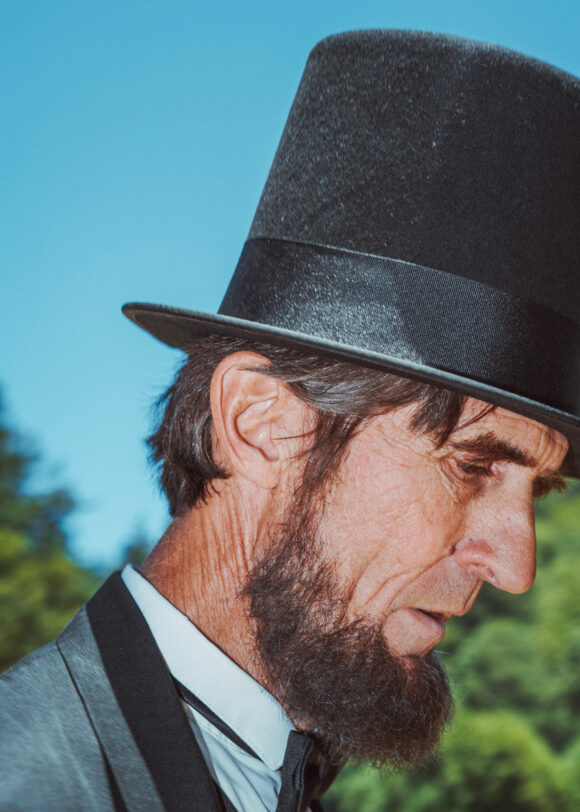
Is Pale Blue Dress also about culture?
Yes. I had no idea that Civil War reenactments were regularly taking place in California, as the war was never fought here and the State is known as pretty progressive. So, three years ago, when I saw a sign advertising a nearby reenactment, I decided to show up. Initially I was drawn to the political and visual incongruities that accompany these “out of place” spaces.
What did you learn, there?
After visiting a few of these events and talking with reenactors, I began to grasp the cherry picking of history that takes place within this subculture. Participants are emboldened to brandish Confederate iconography and the Southern cause in a fashion that would otherwise be considered unacceptable elsewhere in society. I was fascinated, and I spent the next three years going to different Civil War reenactments in northern and central California.
How did you approach the community?
These are very strange spaces to be as an outsider. The community is racially homogenous, with most all of the reenactors and audience members being white. By and large, African-Americans stay away from these events for obvious reasons. As a white photographer I feel I was able to slip in and gain more access than a photographer of colour would have been given, unfortunately.
Toward the end of the project I decided I should reenact myself, at least once. I joined a Confederate artillery battery in Fresno, California. Since I was new, they gave me the grunt job “powder monkey” which had me running gunpowder back and forth to the massive cannons during battle. At night, they made a campfire and drank whiskey while telling racist jokes.
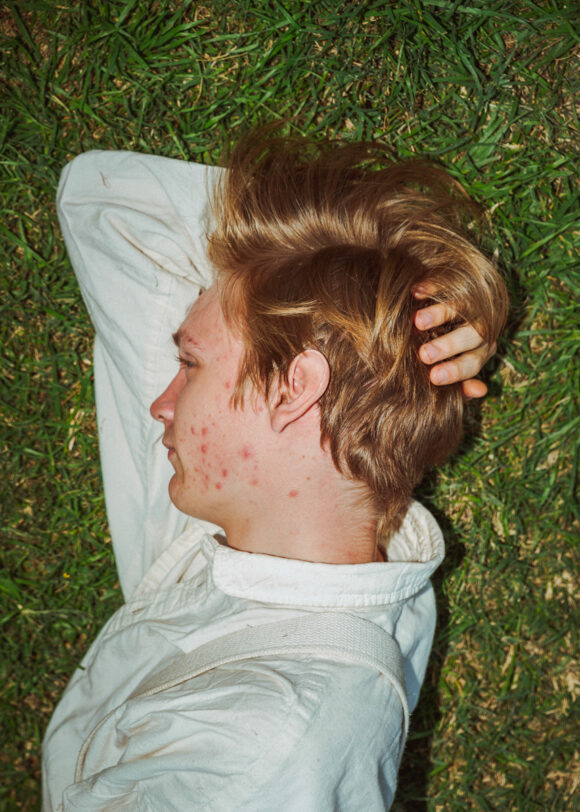
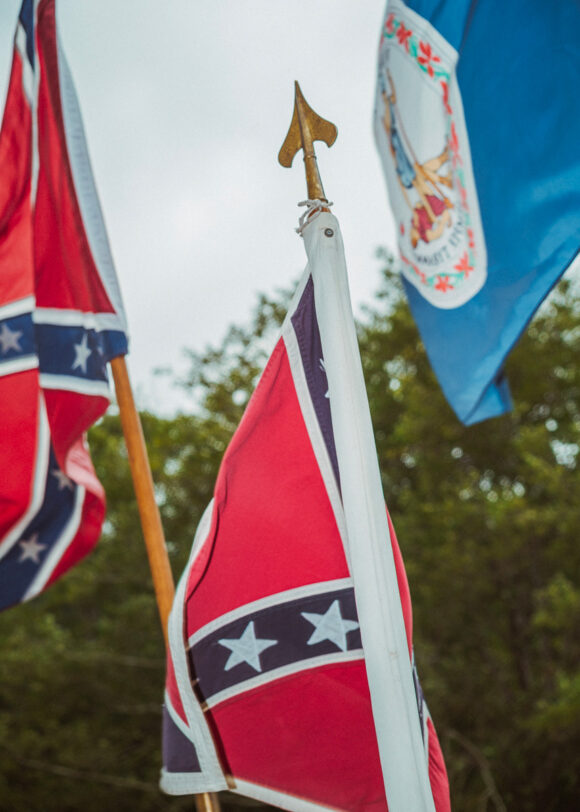
You have also captured moments of daily life, away from the battle field. Why?
The structure of reenactments tends to be a week-end long experience where people attempt to “live history” by splitting up into separate Union and Confederate camps. Over the course of days, they fight battles with replica guns, cook over wood fires, and sleep in canvas tents beneath the stars. Many reenactors try as hard as possible to remove themselves from the present and transport back to the nineteenth century. While the battles are often the most photographed situations, I was drawn to the quieter moments away in the camps. I wanted my images to exist within that theatricality and not break from it.
Civil War reminds us all of racism and slavery. How do participant perceive these issues?
The Civil War story has been contorted and reworked over the years. In the decades after the war ended, Southern historians and the Daughters of the Confederacy (an American hereditary association of Southern women established in 1894, in Nashville, Tennessee, to commemorate Confederate State Army soldiers, ed.) worked carefully on an incredibly effective propaganda effort to rewrite history – the “Lost Cause”.
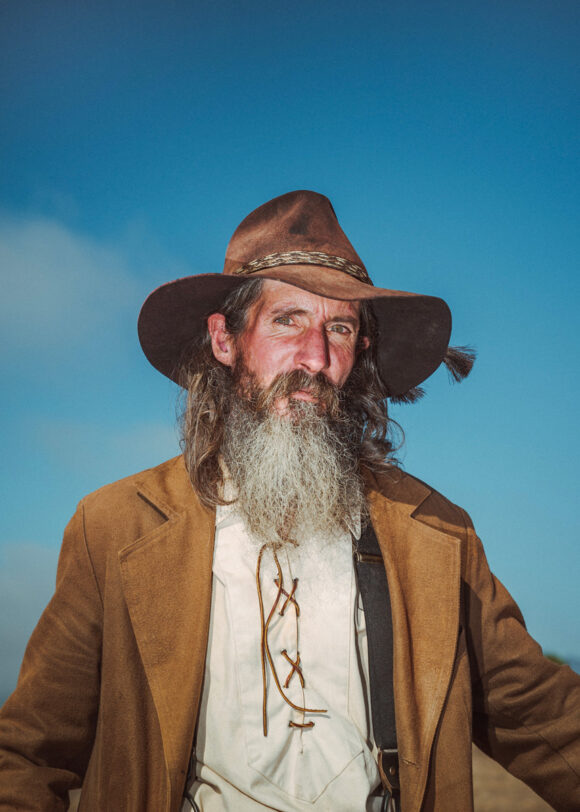
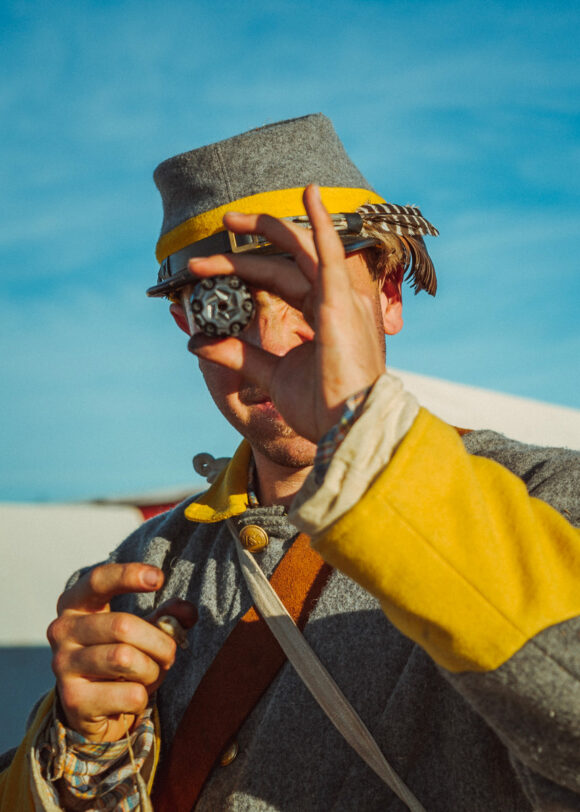
What were its principles?
The main tenets of their “Lost Cause” narrative states that the Confederate fight was valiant and it was not a fair fight, it also confirmed that the institution of slavery was a positive good, and that slavery was not the root cause of the war.
Many white reenactors told me they don’t believe the war was fought over slavery at all and it appeared to me that most subscribed to the tenets of the “Lost Cause”… To completely remove African Americans from the narrative when they were central to it is a complete disgrace.
White nationalism as become increasingly popular in the United States recently. Does it influence these reenactments?
White nationalism is rooted in racist and Confederate ideals. There is some clear overlap between those factions and Civil War reenactor groups. During the three years of shooting this project, I only met a handful of African American reenactors. Nancy Whittle, a social worker from Fresno who reenacts Harriet Tubman – an American abolitionist and political activist – told me she’s felt a noticeable hostile shift at events in recent years. I find that all deeply troubling.
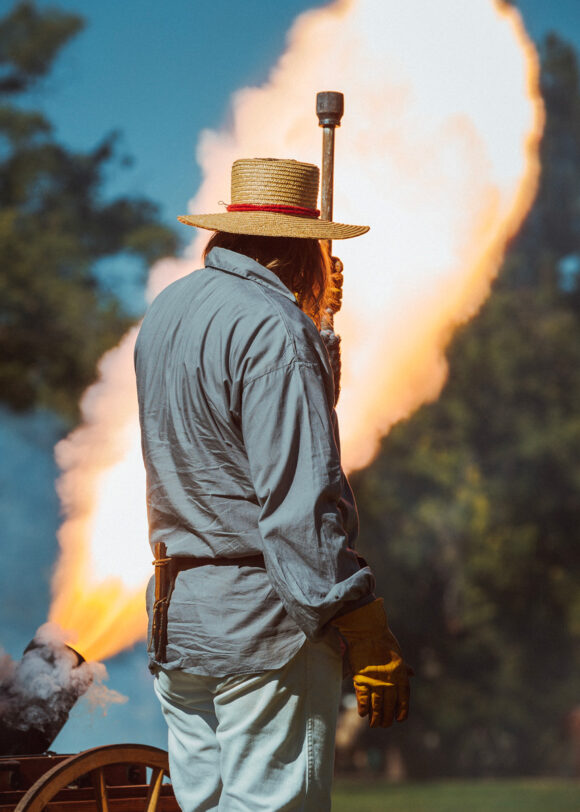
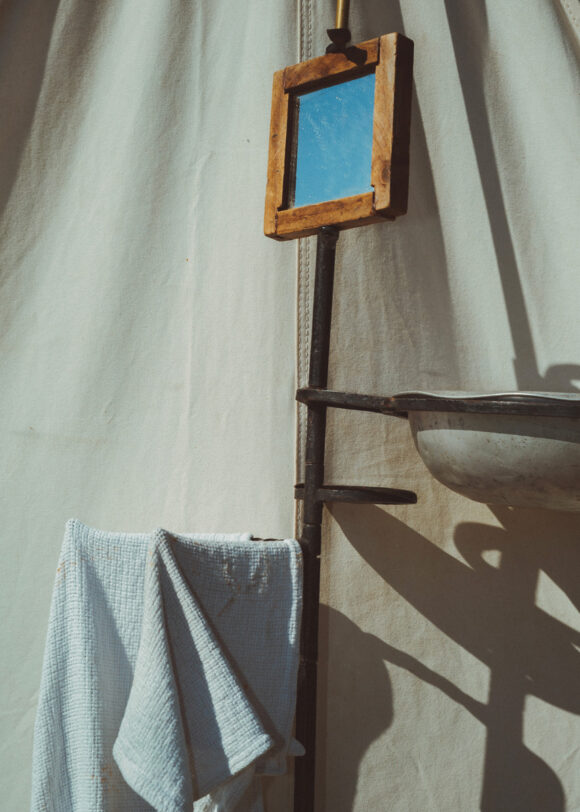
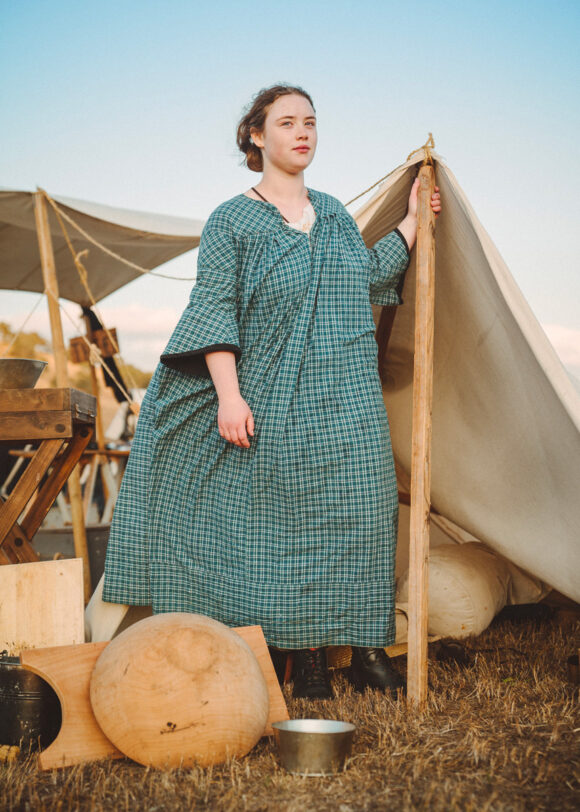
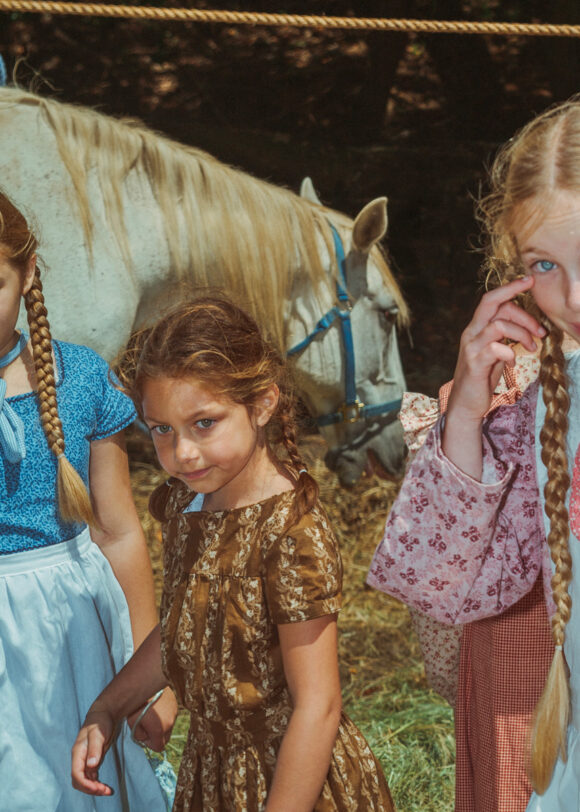
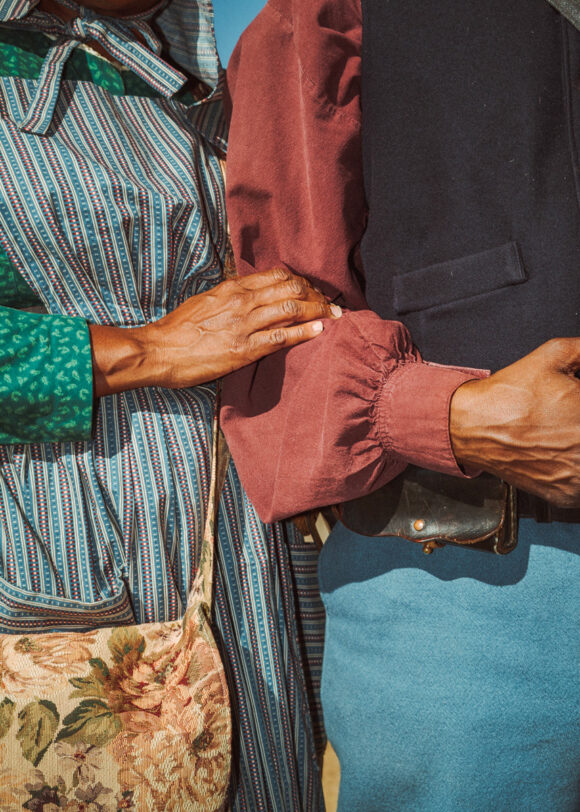
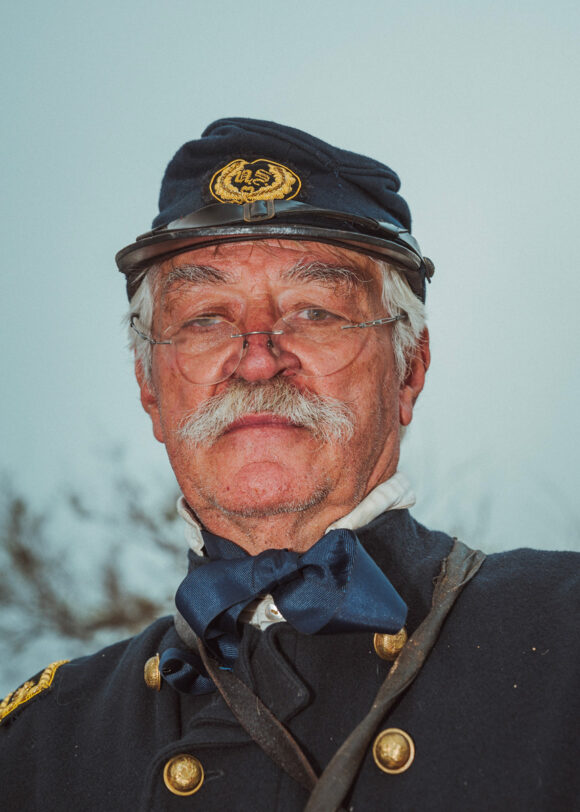
© Brandon Tauszik
